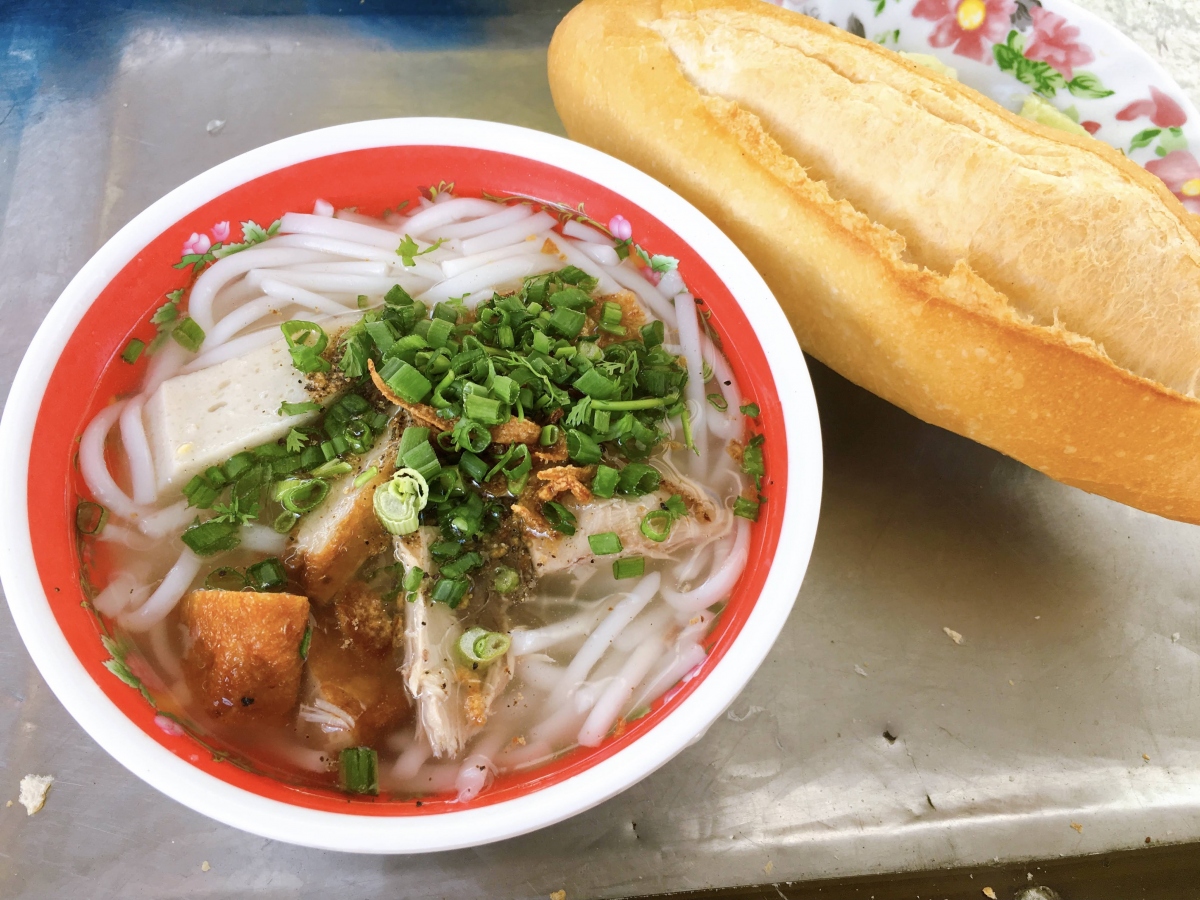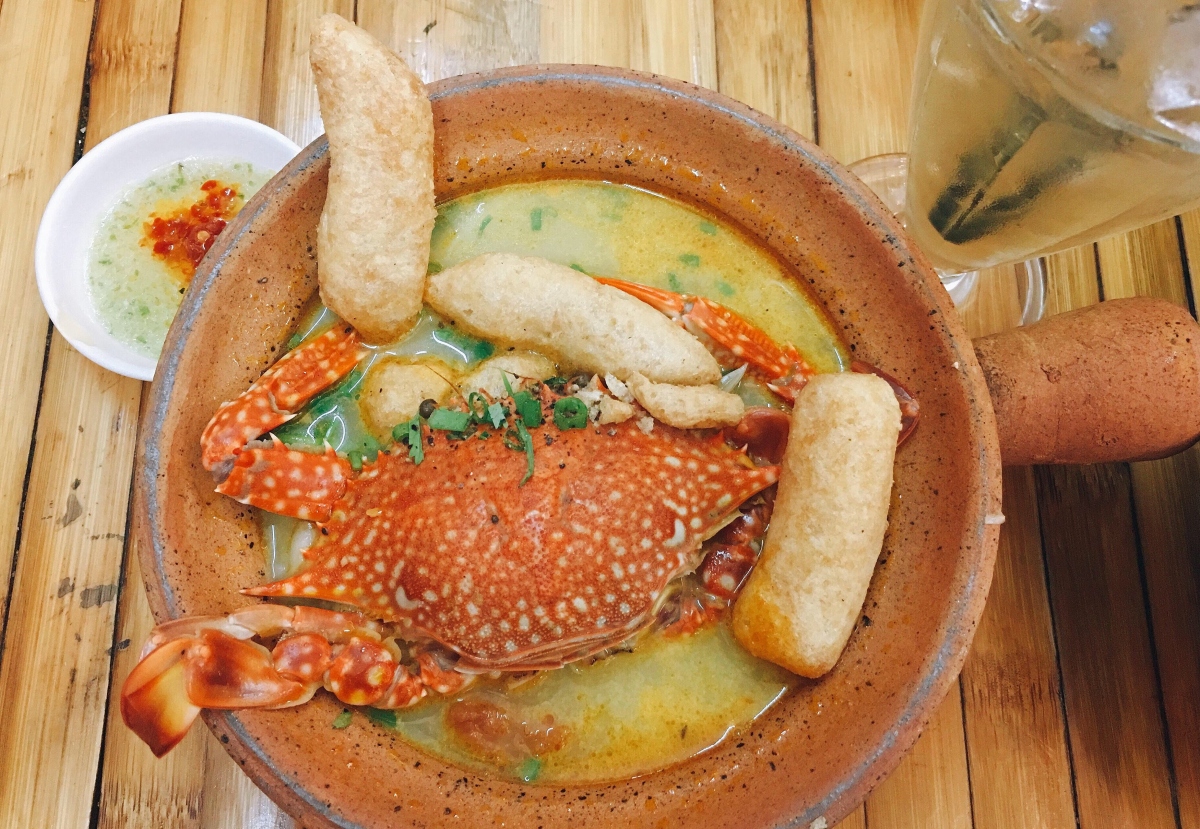Banh canh noodle in Phan Rang offers foodies a unique taste of local culture
Located in a central province known for its searing summer sun and arid gusts of hot wind, Phan Rang City’s softer side is embodied by its wholesome bowls of banh canh noodle.

Banh canh is made from a rice flour-based noodle and usually topped with various meats in a hearty bowl of broth.
Universally adored by the people of central and southern Vietnam, it has evolved into dozens of different local spins – from snakehead fish-based banh canh in Quang Binh and Quang Tri Provinces, to the banh canh served with thick cuts of pork in Trang Bang, Tay Ninh Province, and even the duck-ladden banh canh soup in Tien Giang Province and banh canh served with flower crab meat in Kien Giang Province’s Ha Tien.
Arguably, the banh canh in Phan Rang is one of the most unique versions of the dish.
Many food stalls in the city, including Ba Bon, Mai Ly, or Be, have made a name for themselves thanks to the dish, but Nhuong is far and away the most well-known.
With its uniform stainless steel in its tables, chairs, and bowls, Nhuong is by no means a fancy eatery. However, its famous banh canh's broth rises beyond expectations thanks to its delightful body, light spices, and umami extracted from the bones of freshly caught fish.

According to foodies, the three most important elements that make or break banh canh are the broth, the fish cakes, and the banh canh itself.
Fish cakes used in banh canh Phan Rang also benefit from the freshness of local sea harvest. Their chewiness and succulence can only manifest with a particular local species of fish.
To make the fish cakes, the fish meat is pulled from the bone and pounded into mush until it becomes sticky and can be shaped into cakes. From there, the meat is steamed or fried before serving.
Last but not least, the banh canh noodle must also be made from fresh flour produced from the best rice variety in the locale.
The flour, when intermingled with the broth, slightly coagulates to create a thick texture that masterfully complements the chewiness of the noodle and the bouncy, tender bites of fish cake.
As locals believe, the only way to enjoy banh canh is to find it in unassuming stalls, with a price not ever exceeding two US dollars per bowl, since the soul of the dish lies in the communal spirit that generations of Phan Rang people have shared, and not fancy furniture that may detract from the experience.
